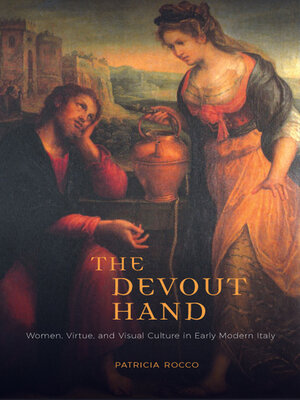
Sign up to save your library
With an OverDrive account, you can save your favorite libraries for at-a-glance information about availability. Find out more about OverDrive accounts.
Find this title in Libby, the library reading app by OverDrive.



Search for a digital library with this title
Title found at these libraries:
| Library Name | Distance |
|---|---|
| Loading... |
After the Counter-Reformation, the Papal State of Bologna became a hub for the flourishing of female artistic talent. The eighteenth-century biographer Luigi Crespi recorded over twenty-eight women artists working in the city, although many of these, until recently, were ignored by modern art criticism, despite the fame they attained during their lifetimes. What were the factors that contributed to Bologna's unique confluence of women with art, science, and religion? The Devout Hand explores the work of two generations of Italian women artists in Bologna, from Lavinia Fontana (1552–1614), whose career emerged during the aftermath of the Counter Reformation, to her brilliant successor, Elisabetta Sirani (1638–1665), who organized the first school for women artists. Patricia Rocco further sheds light on Sirani's students and colleagues, including the little-known engraver Veronica Fontana and the innovative but understudied etcher Giuseppe Maria Mitelli. Combining analysis of iconography, patronage, gender, and reception studies, Rocco integrates painting, popular prints, book illustration, and embroidery to open a wider lens onto the relationship between women, virtue, and the visual arts during a period of religious crisis and reform. A reminder of the lasting power of images, The Devout Hand highlights women's active role in sixteenth- and seventeenth-century Christian reform and artistic production.







